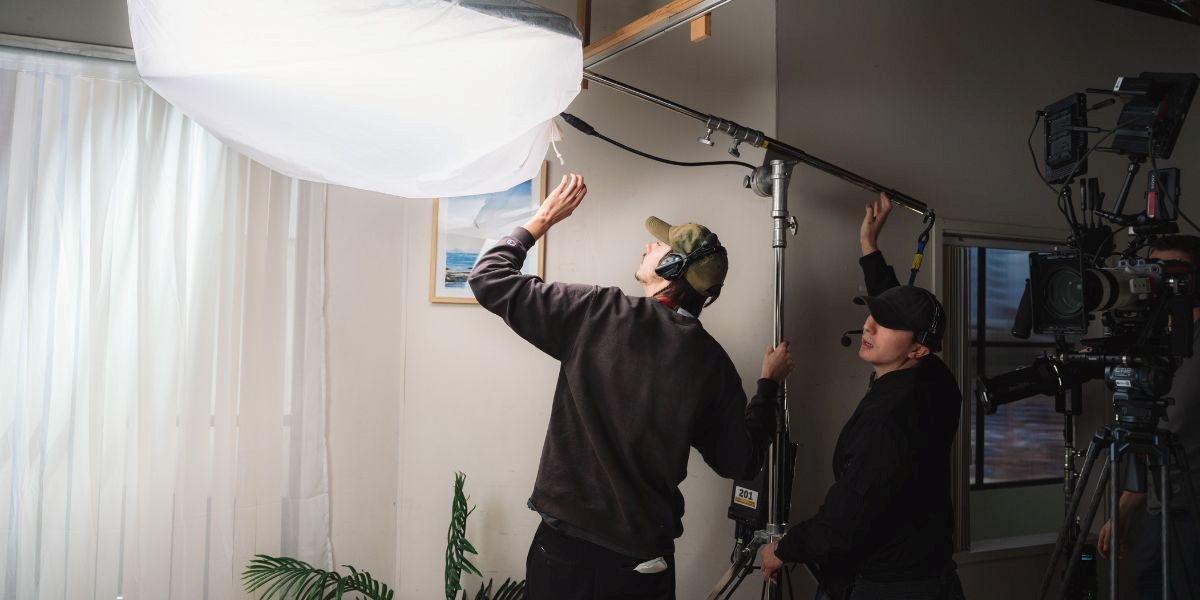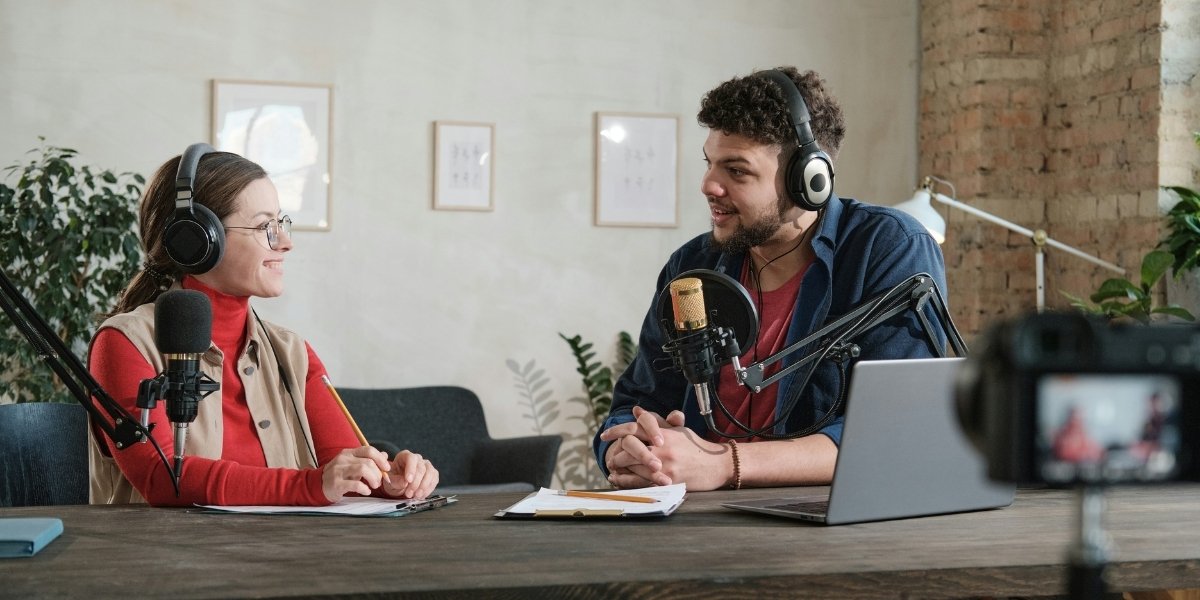Victorian Era: Opulence and Symbolism
Imagine stepping into a Victorian parlor and being greeted by the intoxicating scent of overflowing floral displays. Their love of flowers wasn’t just about beauty; it was a coded language of the heart. In an era where expressing emotions too openly was frowned upon, a carefully chosen bouquet could deliver unspoken messages of love, longing, or even subtle warnings.
Roses, of course, were the language of love, but their color determined the specific shade of emotion. A red rose symbolized deep passion, while a pale pink one hinted at a gentle budding affection. Fragile forget-me-nots whispered promises of remembrance and true love, while lilies conveyed a sense of purity and devotion. Even the way the bouquet was presented held meaning – a bouquet handed upside down could signal the end of a courtship!
“Victorian flower arrangements weren’t simply decorations,” notes a historian specializing in social customs. “They were a form of silent conversation. Especially for women, bound by the social norms of the time, flowers became a way to express feelings that couldn’t be openly spoken.” This adds a fascinating depth to those lavish, over-the-top bouquets that define the Victorian style.
The Roaring 20s and Art Deco Elegance
The Roaring Twenties were a time of rebellion against stuffy tradition – and that energy extended to floral design. Out with stuffy Victorian bouquets, in with sleek lines and bold splashes of color! Art Deco, with its emphasis on geometric shapes and luxurious materials, defined the era and transformed the world of flowers.
Calla lilies became the darlings of the 1920s. Their elegant, trumpet-like form was the perfect embodiment of the Art Deco aesthetic. Boldly colored flowers took center stage – think fiery orange birds of paradise, deep purple irises, or exotic orchids in shocking shades. It was all about making a statement, reflecting the era’s unabashed confidence and its thirst for the modern.
Arrangements mirrored this streamlined, architectural feel. Gone were the overflowing mounds of flowers – 1920s designs were about a few striking blooms placed in tall, stylized vases. The vase itself became part of the artwork – chrome, lacquered geometric shapes, or sleek glass emphasizing those clean lines. “Floral design in the 1920s celebrated breaking with the past,” explains an expert in Art Deco design. “Flowers became part of the bold visual language of a new, exciting era.”
Mid-Century Modern: Simplicity and Space
The Mid-Century Modern design revolution wasn’t just about furniture and architecture; it transformed flower arrangements too. Out with ornate fuss, in with clean lines and a less-is-more philosophy. It was a time when the beauty of a single, perfectly formed bloom could outshine an entire overflowing bouquet.
Imagine a sleek, sculptural vase – perhaps a polished ceramic with a tapered neck – holding a single, magnificent tropical leaf like a giant monstera. Or a minimalist composition showcasing just three vibrant sunflowers, their bold faces stark against a simple white background. Mid-Century floral design was about appreciating individual beauty, a focus on shape and line.
“Mid-Century Modern design was partly about paring things back to their essence,” explains a design historian. “That same philosophy translated to flower arrangements. It wasn’t about quantity; it was about choosing those elements, whether a single striking bloom or a textured branch, and creating a balanced, uncluttered composition.” This shift celebrated the simple beauty that shines through when you strip away the excess.
1970s and 80s: Bold Colors and Freeform Designs
Forget restraint! Floral arrangements in the 70s and 80s burst forth in an explosion of color, texture, and unabashed self-expression. The groovy 70s found inspiration in wildflower fields and a more “natural” vibe. But don’t mistake this for demure – colors still popped! Think a mix of wildflowers, textured grasses, and maybe even a few peacock feathers, all spilling out of a mismatched vintage vase.
The 80s took this free-spirited approach to the max! Big hair, big shoulders, and big, bold floral arrangements to match. Picture a giant basket overflowing with bright neon blooms, dried grasses dyed in wild colors, and an abundance of silk flowers adding to the flamboyance. This era was about pushing boundaries and experimenting with unconventional combinations.
“The floral design of the 70s and 80s reflected a broader cultural shift,” notes a social historian. “It was a time of embracing individuality, throwing off old rules, and a spirit of playful experimentation that found its way into how people expressed themselves, even through their flowers.”
The 1990s and early 2000s witnessed a renewed appreciation for the beauty of nature in its imperfections. Asymmetrical arrangements favoring wildflowers, textured foliage, and seasonal elements became popular. Think a simple mason jar overflowing with a mix of garden flowers and herbs, reflecting a desire for authenticity and a touch of rustic charm.
The focus shifted from perfectly curated arrangements to showcasing the unique beauty of individual blooms and their natural forms. Colors were often softer and muted, echoing the tranquility sought amidst an increasingly busy and technologically driven world.
Today’s floral design is beautifully eclectic, drawing inspiration from various eras with a focus on personalization. We see a revival of grand, overflowing arrangements alongside minimalist ikebana-inspired designs. Sustainability and locally-sourced flowers are increasingly preferred.
“Floral design is a form of self-expression,” remarks a contemporary florist. “There are no strict rules anymore. It’s more about finding flowers that speak to you and creating arrangements that reflect your unique style.” Whether it’s a wildflower bouquet picked from a meadow or a carefully curated designer arrangement, appreciation for the beauty of flowers remains timeless.





